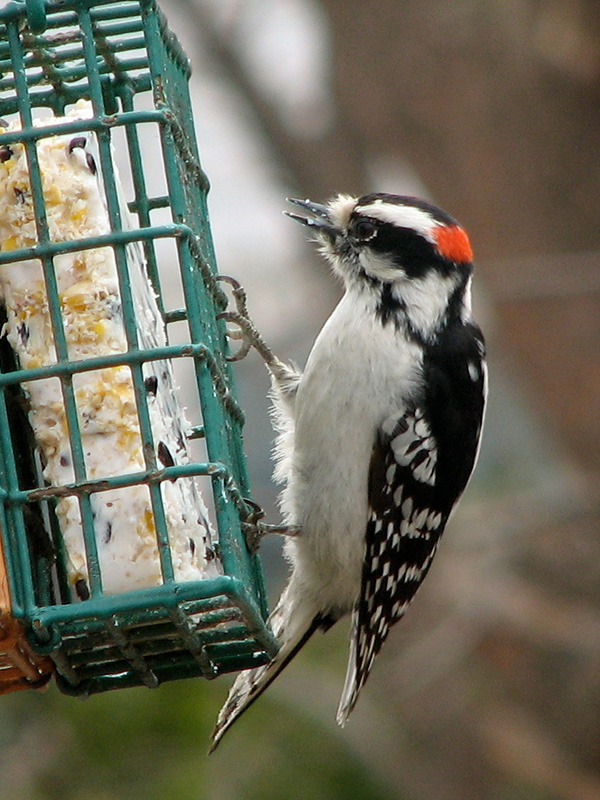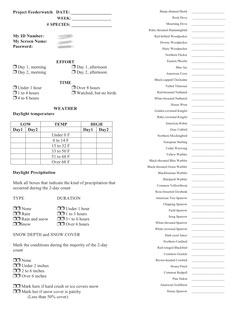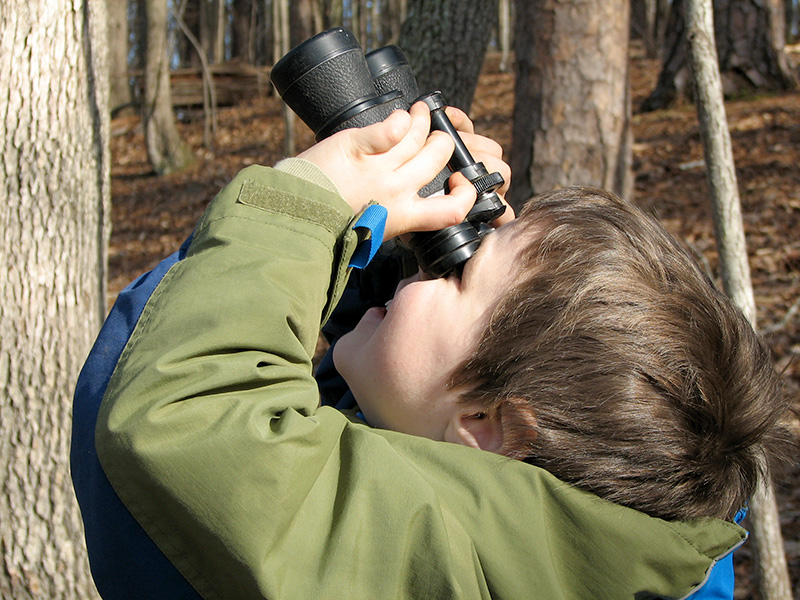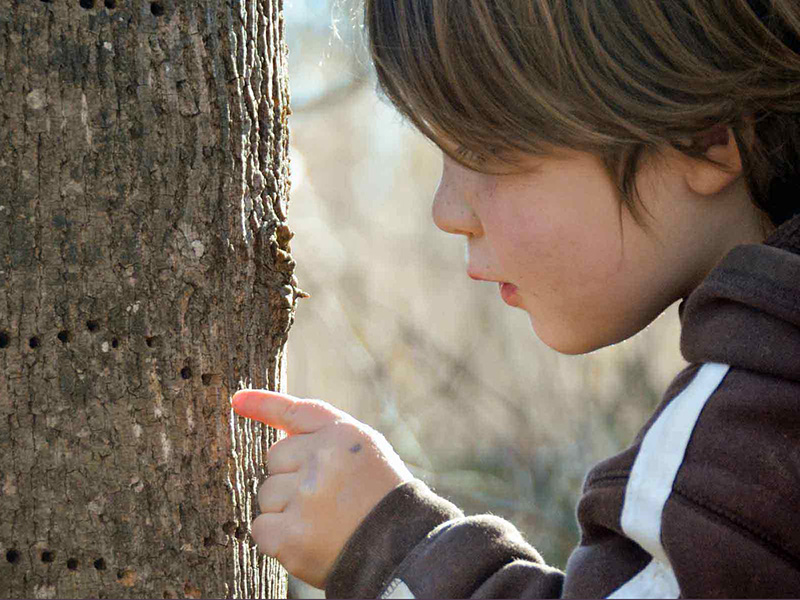These projects, formerly known as “citizen science,” are increasingly called “community science,” a more inclusive term.
These projects have proliferated over the last few years, harnessing the power of laypeople to be the eyes and ears of scientists.
Although there are quite a few community science projects that could take us out and about, we like to participate in the ones we can do right in our own yard, some even from the comfort of our family room or even just in front of our computer.

We like being part of these community science projects.
First, it’s a concrete way for us to help conservation efforts.
Second, it has sharpened our observational skills, prompting us to notice habitat happenings that we might never have noticed otherwise. It has greatly contributed to our enjoyment of our yard.
How to

In the past, we found we’d have to make a little extra effort up front. Sometimes, it even took us more than one season to get our act together. Usually, we ended up with a data entry sheet we personalized for our own situation. Once we were in the groove, though, it usually involved just a little time each week for data collection.
Now for projects with phone apps, it’s a lot easier so I don’t often use these sheets.
(I’m providing some of these data sheets on the appropriate pages, so you can modify them for your own yard.)
Many projects ask us to describe certain characteristics of our observation area (for us, this means our own yard), but that’s usually just once a year. This initial data gathering is interesting since it helps us be more observant about our yard.
In subsequent years, it’s just a matter of updating, so it’s really easy. (There’s a handy tool to determine the latitude and longitude in the Resources section below.)

Children and community science
How I wish we knew about these projects when our children were growing up! It’s a powerful way for children to learn about real science. Doing science is much more meaningful than reading about science in a textbook. In fact, many of these projects have materials specifically developed for children.

But even more important, being community scientists helps develop a sense of stewardship of the natural world — a trait that will be even more important in the future in which our children and their children will live. Here are some resources for kids.
Our community science project areas
We’ve participated in these project areas:
Resources
- SciStarter:
- SciStarter: science for citizens: Keep up to date with a variety of community science opportunities. Great for adults, but especially good for families and children. You can sign up to get periodic emails notifying you of new projects. Many are as simple as measuring how many inches of snow on the ground.
- RIVM Magazine (Netherlands):
- NASA:
- Although I usually participate only in topics such as are covered in this website, one quick example of the types of easy projects we can contribute to is NASA’s Earth Rotation Detector. I already had the Anecdata app on my phone, so all I had to do for this one was to put my phone flat on the table and take five measurements. The phone’s accelerometer did the rest!
- Find your Lat/Long Coordinates:
- Some projects ask for your latitude and longitude coordinates. Find your lat/long just by entering your zip code.
- SUNY-ESF:
- Wildflower Restoration Project – Start your own wildflower restoration project in a post-agricultural forest
- NY Times:
- The nicest place online? – iNaturalist!
- Project Noah:
- Project Noah: A fun, location-based mobile app to encourage people to reconnect with nature and document local wildlife, with the goal of documenting all the world’s organisms. Supported in part by NYU and National Geographic.
- Univ. of Minnesota:
- Great Lakes Worm Watch: Conduct your own studies or participate in ongoing studies.
- Lab of Ornithology:
- Scimex:
- Washington Post:
- Atlas Obscura:
- Concord Museum:
Reflections
Understanding which regions along the monarch’s migratory path are important to population viability and what environmental factors drive their movement can inform effective conservation strategies. Citizen scientists are key to this insight … the numbers are clear: Many questions critical to our understanding of monarch biology are basically impossible to answer without citizen scientists.
, BioScience, a peer-reviewed science journal
Take time to “stand and stare”
What is this life if, full of care,
We have no time to stand and stare.
No time to stand beneath the boughs
And stare as long as sheep or cows.
No time to see, when woods we pass,
Where squirrels hide their nuts in grass.
No time to see, in broad daylight,
Streams full of stars, like skies at night.
No time to turn at Beauty’s glance,
And watch her feet, how they can dance.
No time to wait till her mouth can
Enrich that smile her eyes began.
A poor life this if, full of care,
We have no time to stand and stare.
~ William Henry Davies, 1871-1940, Welsh poet
Citizen science-powered algorithms are now going beyond individual organisms. They’re mapping their relationships to an entire ecosystem, from the flower a butterfly pollinates to the leaf where the insect lays its eggs. … Ultimately, the apps’ greatest breakthrough may not be technological at all. It may be raising our awareness. We are nearly blind to entire categories of living creatures. In her book Braiding Sweetgrass, Robin Wall Kimmerer described it as “being lost in a foreign city where you can’t read the street signs,” a form of species loneliness. While these plants and animals are our neighbors, we scarcely acknowledge their existence, let alone their right to exist. … By naming my wild neighbors, I’ve found my perception of them transformed from grainy and distant to powerful and familiar.
~ Michael Coren, Washington Post Climate Advice columnist
The detailed record of bird sightings and phenological observations around Concord, Massachusetts—from Thoreau’s notes 170 years ago to today’s studies by scientists at Boston University—provides a key to studying how climate change is affecting bird migration.
~ Living Bird magazine, “At famed Walden Pond, spring is coming earlier than it did in Thoreau’s day”
